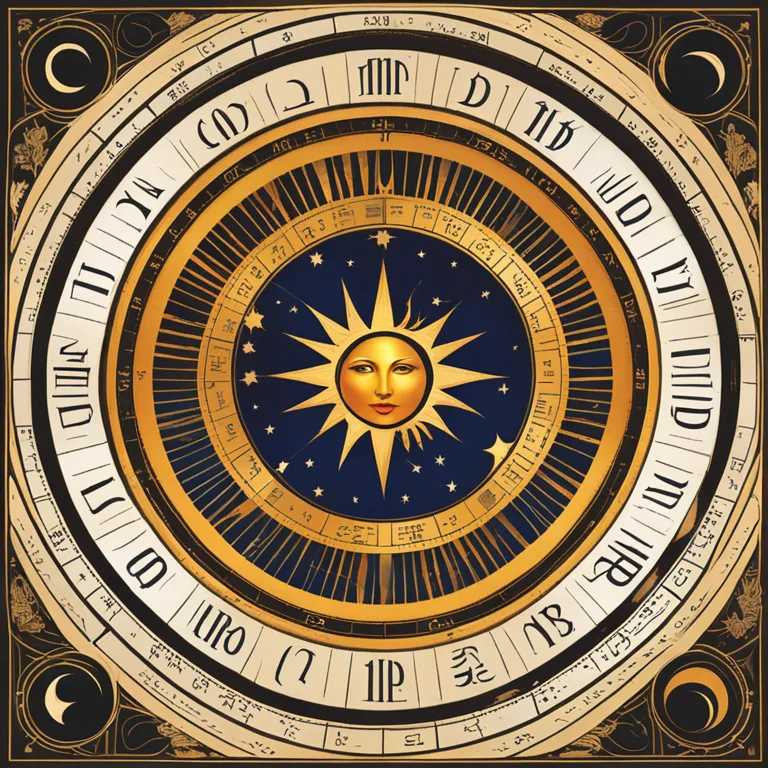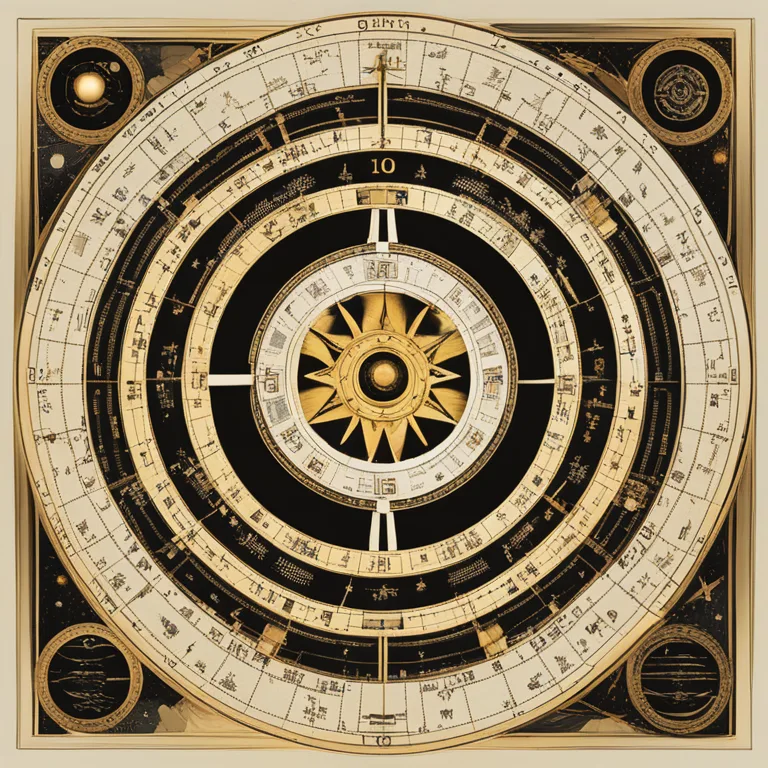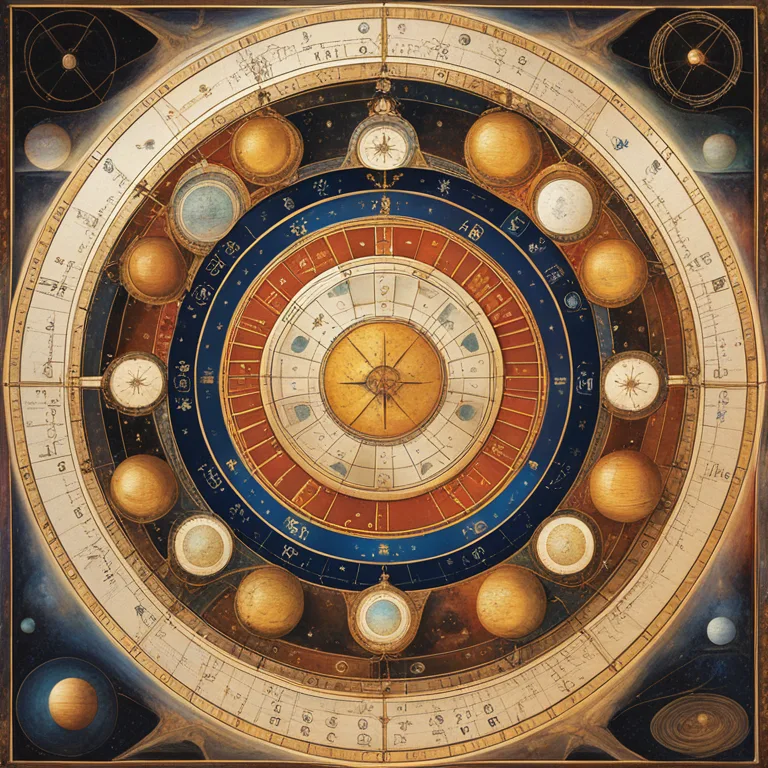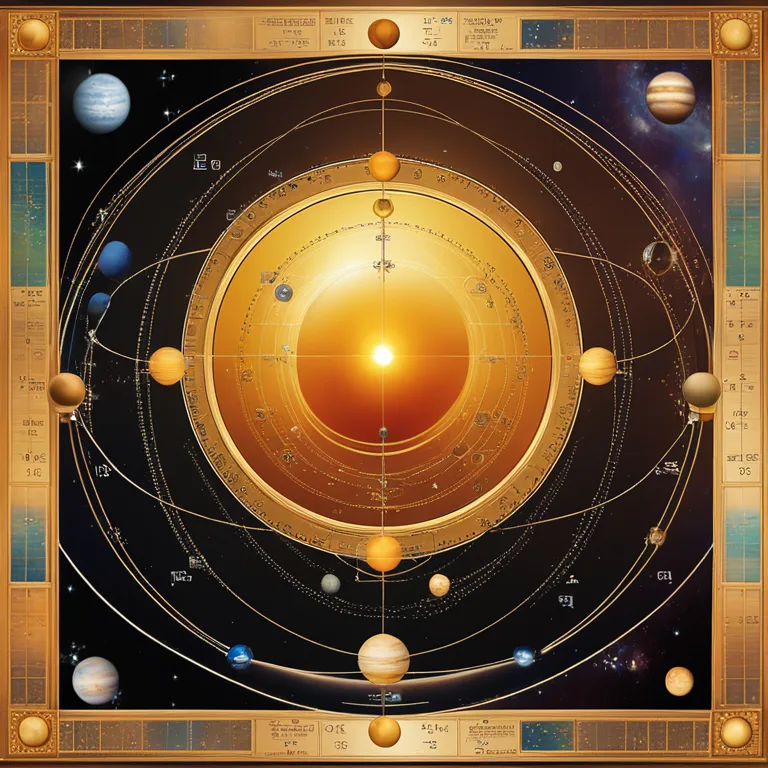
The Ideal Birth Chart: Mapping Your Astrological Potential
Discover the components of a perfect birth chart in astrology and how it shapes your individuality, potential, and destiny.
article by Priya Deshmukh
The Birth Chart Blueprint
Every individual's journey starts with a unique celestial snapshot—their birth chart. This cosmic map is drawn from the exact moment and location of one’s birth, offering insights into character, tendencies, and future prospects. A perfect birth chart doesn’t imply a flaw-free life, rather it represents the most harmonious alignment of planets for the individual concerned. Astrology acknowledges that each chart holds potential for growth, challenges, and a spectrum of experiences, all of which are necessary for personal evolution.

Sun, Moon, and Ascendant: The Core
The cornerstone of a birth chart is the alignment of the Sun, Moon, and Ascendant—three critical factors defining one's ego, emotions, and personal approach to life. A well-placed Sun sign enables a robust sense of identity and purpose. The Moon, reflecting our emotional core, offers comfort when in a complementary position. The Ascendant, or rising sign, lays out our social personality and how we interact with the world. Together, these elements in harmony create a strong foundation for navigating life’s journey.

The Placement of Planets
Beyond the basic three, the placement of other planets plays a significant role in the perfection of a birth chart. Benefic planets like Venus and Jupiter are desired in prominent positions for their favorable influence on relationships, success, and well-being. Meanwhile, the strategic management of malefic planets like Saturn, through aspects and house placements, can mitigate challenges and underscore resilience and determination.

Aspects and Angles
Understanding the aspects, or angles, between celestial bodies is key to unlocking a birth chart's potential. Trines and sextiles are considered fortunate, fostering talent and opportunities, while squares and oppositions may indicate areas of tension that require attention and effort to overcome. A perfect birth chart would have a well-balanced mix of both easy and challenging aspects, promoting growth.

Elements and Modalities Balance
A well-rounded chart also contains a balance of the astrological elements (fire, earth, air, water) and modalities (cardinal, fixed, mutable). This blend supports a dynamic yet stable personality that can adapt to life’s variations. An excess or lack of any one element or modality can lead to tendencies that might require conscious balancing through life choices and relationships.
House Distributions
The twelve houses in astrology represent different life areas and experiences, from self-image to career, to relationships. Affluent placements in the 2nd, 6th, or 10th house can suggest material success and professional acumen, whereas the 4th, 7th, and 11th houses highlight personal fulfillment. For a birth chart to be deemed "perfect," there should be a beneficial distribution of planets across the various houses indicating a multifaceted and fulfilling life experience.
Fated Encounters and Progressions
Secondary progressions and transits are methods astrologers use to foresee how a birth chart evolves with time. They can highlight periods of significant change or growth. While a perfect natal chart is a solid start, understanding how it matures allows individuals to navigate future years with foresight—astrologically preparing them for upcoming transits and life cycles in 2024 and beyond.
Published: 12/27/2023
Modified: 12/28/2023
More predictions
Come back here soon to learn more about yourself and your future


Creating Your Astrological Birth Chart
Learn the step-by-step process of crafting an astrological birth chart, a personalized map of the heavens at your birth.


Personal Birth Chart Analysis: Insights From Your Birth Date
Dive into the fascinating world of astrological insights with your personal birth chart analysis derived from your date of birth.


The Zodiac Blueprint: Insights from Your Birth Chart
Discover the fundamental elements of astrology through the signs of your birth chart and their cosmic implications for personal growth.